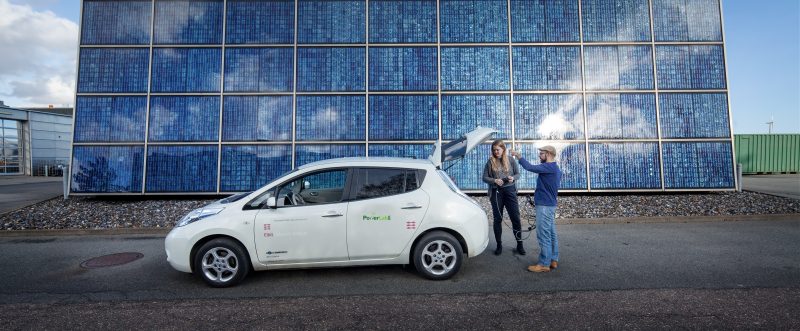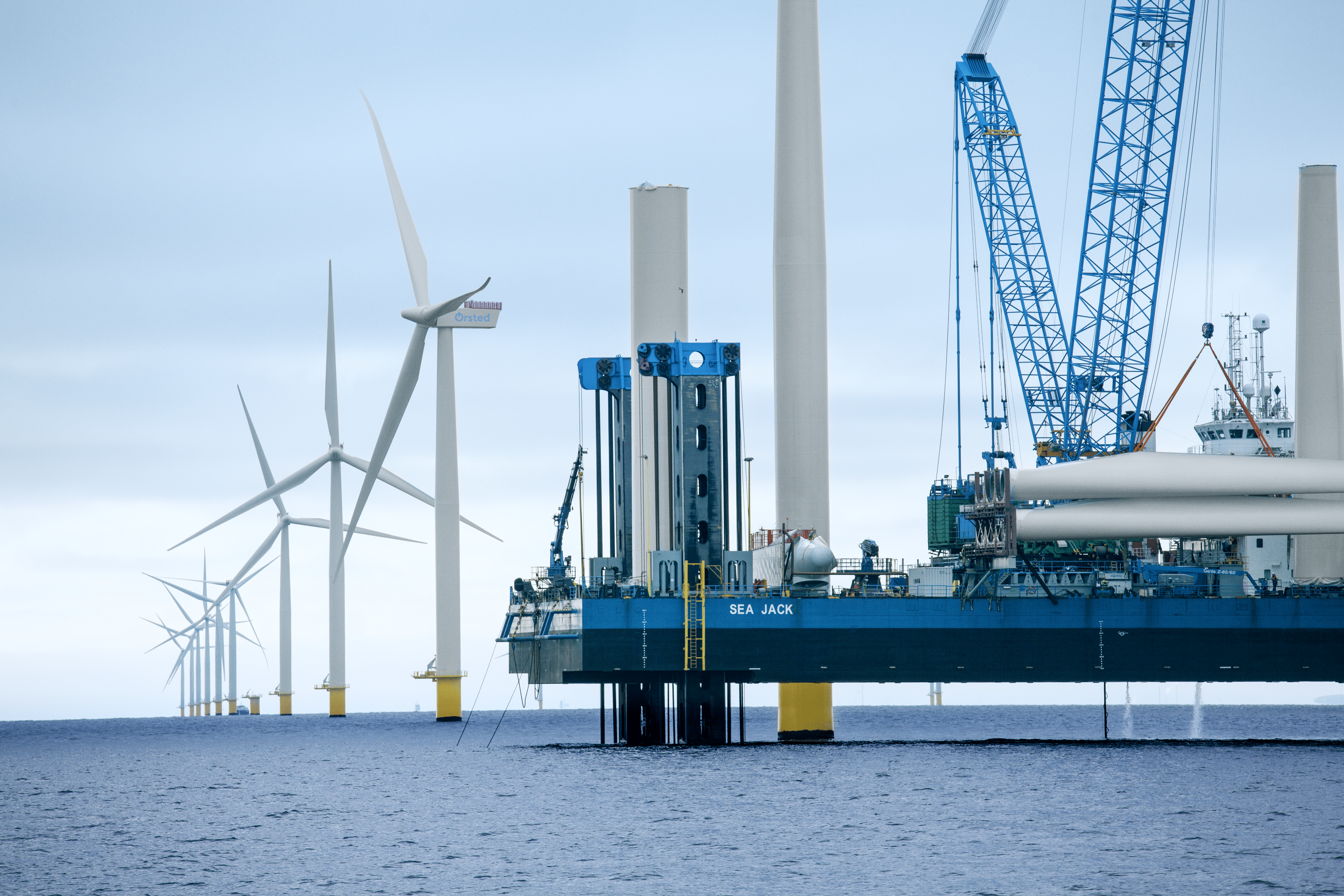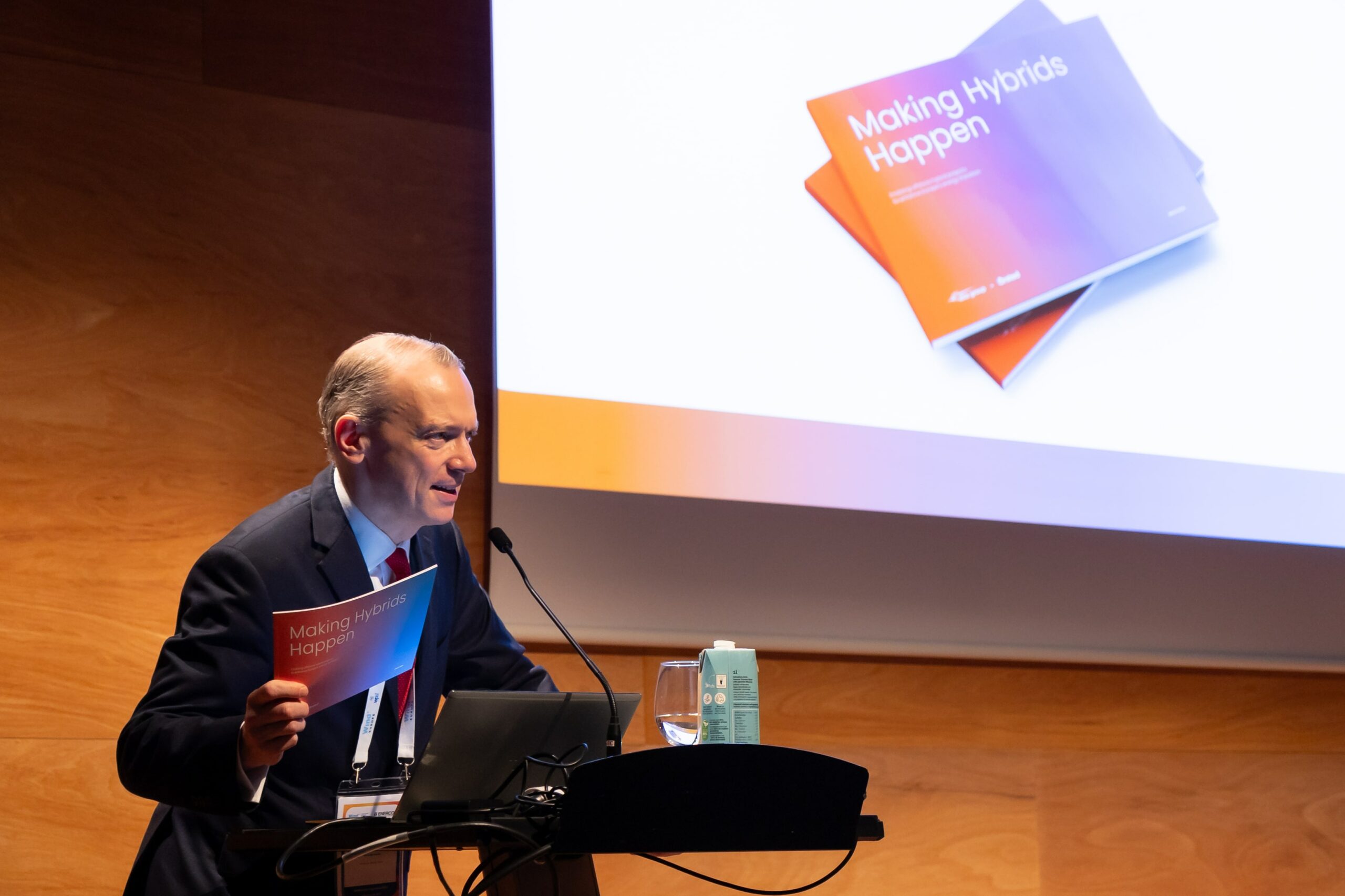News
Offshore wind
Onshore wind
Solar energy
+3
Temporary disconnection of island power cable offers unique testing opportunity


At the bottom of the sea between the towns of Hasle at Bornholm and Borrby in Sweden lies a gigantic submarine cable. It normally connects Bornholm’s electricity system to the Swedish power grid and the rest of the Nordic electricity system. But from 7-16 May, the submarine cable was disconnected at both ends.
“The reason for this is that the Swedish electricity company E.ON is renovating its plant in Borrby. Therefore, they had to shut down the supply, so that they could work safely,” said Carsten Rasmussen at Energinet, the owner of the cable.
The public utility company Bornholms Energi & Forsyning (BEOF) prepared for the disconnection, among other things by initially asking all the island’s solar plant and wind turbine owners to stop their generation. This is because the current layout of the power grid means that it is unable to handle highly fluctuating energy volumes. If there is a shortage of electricity in the power grid, or if too much electricity is fed into the grid, it becomes unstable and short-circuits. And then darkness will fall over the streets of Bornholm.
“Therefore, we chose the safe way,” said the duty officer at BEOF, Filip Oehlenschläger.
“Only when we’re well underway with our island mode operation can we give the wind turbine owners permission to put one wind turbine at a time into operation in their wind farms, which typically consist of three to five wind turbines.”
Related news: The bright green island that will be the first zero waste region in Europe
This was pleasant news for Mattia Marinelli, Associate Professor at the Centre for Electric Power and Energy at the Technical University of Denmark (DTU). His research project ACES uses Bornholm as test zone. The project investigates how electric vehicle batteries via intelligent charging stations can serve as sustainable ‘micro power plants’ which can quickly supply electricity to the grid if there is a drop in generation. Conversely, by means of the intelligent charging stations, the vehicles can recharge if the wind is blowing and the sun is blazing. This is one idea of how to increase the share of renewable energy in the power grid around the world.
“It’s very promising that BEOF is open to doing something different than usual. This means that they have become more familiar with the various energy sources they have on the island and don’t perceive renewable energy sources as a threat,” said Mattia Marinelli.
[caption id="attachment_95419" align="alignnone" width="450"]
Unique testing situation
It is something of a challenge to control the fluctuations, because, obviously, wind turbines supply electricity as the wind blows.
“If we have strong windy weather with wind speeds of 17-25 metres per second, we can generate up to 35 MW, which sometimes covers Bornholm’s entire consumption. But if we run into a rain shower and the wind subsequently dies down fully or partly, we’re in a situation where we need to replace the 35 MW within 15 minutes if we’re in island mode operation. Our plants can’t start up that fast,” said Filip Oehlenschläger.
When Bornholm is connected to the Nordic grid via the submarine cable to Sweden, the fluctuations are not felt in the large power grid.
“35 MW is an insignificant share in the large grid, but in island mode operation it’s a much bigger share proportionally,” says Filip Oehlenschläger.
And this is why DTU’s researchers find island mode operation so interesting.
“The power plants can’t keep up with the wind turbines’ fluctuating generation. It’s in relation to the small fluctuations that the vehicles can really help, so it’s not necessary to increase or decrease generation at the power plants,” said Andreas Thingvad, who is attached to the ACES project as PhD student at the Centre for Electric Power and Energy, DTU.
“When all countries start to get a larger share of renewable energy in their electricity systems, we can’t just push our surplus wind energy into the large grid as before,” he explained. “It’s therefore important to have tools for controlling the fluctuating input for the grid from the renewable energy sources. If we can stabilize the generation on Bornholm, we’ll be ready for the future electricity system with a very large share of renewable energy.”
Related solution: Off-Grid Green Energy Solutions
DTU researchers are now analysing the data collected during the disconnection period. They expect to publish the results within a few weeks.
Aiming for carbon-neutrality by 2025, the "Bright Green Island" of Bornholm intends to be self-sufficient with renewable power six years from now.
Source















